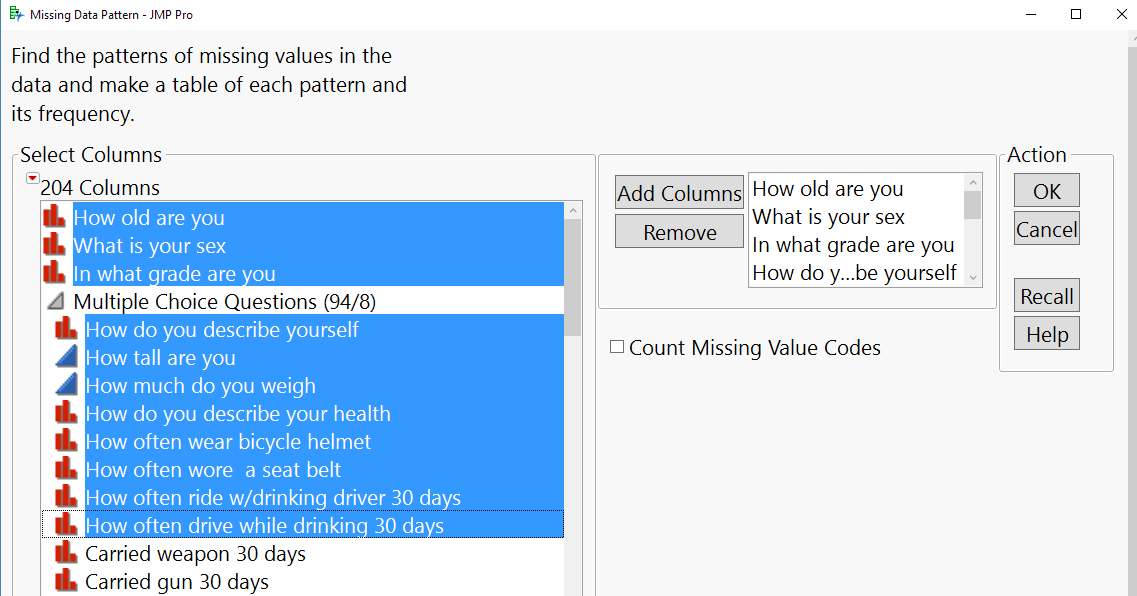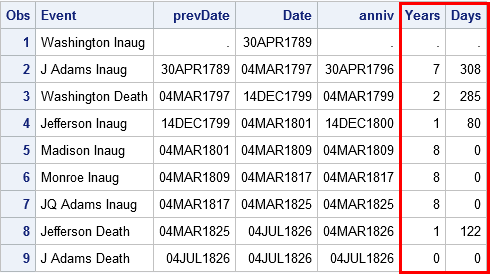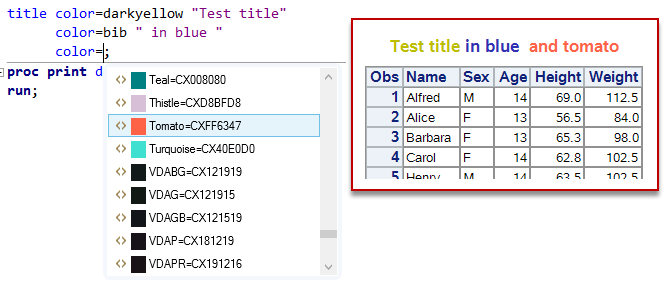
Trivial Pursuit, Justin Bieber and Timbits. Some pretty great things have come from Canada, eh? Well, you can go ahead and add expert SAS programmers to that impressive list. In this video, six Canadian SAS programmers, with more than 115 years of SAS programming experience between them, share some of their favorite, little-known SAS programming tips. You're sure to discover a new trick or
































